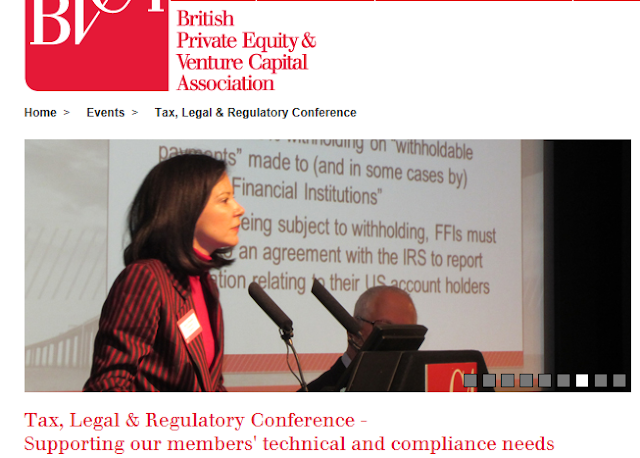The other day I stumbled on this webpage on the site of the
Money Advice Service.
The Money Advice Service, which advertises as “Ask MA” on
TV, is a Government sponsored, impartial and free advice service on personal
financial matters.
Now I suppose it is my good fortune that, due to some
academic ability and years of hard work, but also - more than both of those together
- simply buckets of good luck, I have spent years in an interesting and lucrative
job. I am fortunate that I don’t really
need to “Ask MA” myself, but I wholeheartedly applaud their aims, providing
counsel to people who have debt problems – my mother, for many years a
volunteer counsellor with Citizens’ Advice Bureau, told me that by far the
biggest source of problems brought in by their clients was difficulties with
debt – and advising people on how to make their limited money go further. So that they could afford to eat and heat
their homes at the same time, for example.
But what am I to make of this? Their advice on travel seems to me to be
heavily weighted towards car use – not only most of the page, but also the
whole top part of the page is devoted to a travel mode which nearly half of all
households have no access to, and no doubt among those who need to "Ask MA" the
most, a good deal more than that. Advice
about public transport or active travel is there, but right at the bottom.
And in any case, their advice is really tinkering around the
edges. First up is “Shop around for cheaper
car insurance”. Well, doesn’t everybody
do that, even overpaid gits like me? How
much impact does it have on the overall cost of car ownership?
And then there is “Cut cost of fuel – saving just 5p a litre…could
save £100 a year”. No shit, Sherlock! But where are you going to find this cheaper fuel, and how many litres will you
burn driving around looking for it?
In fact, there follow several suggestions on how you could improve
your fuel consumption – like not driving too fast, or braking/accelerating hard,
and making sure your tyres are correctly inflated. I know these work, as I can see that the
rolling-average MPG display on our car dashboard can drop about 5% when I am
driving instead of my other half, but this
is hardly a game changer, is it?
The one glaring omission in their advice is this: first of all, before anything else, ask yourself - does this
journey really need to be made by car? How far is it?
How much weight or volume of stuff will you have to transport? If you are just “popping in” to your local
7-11 a half-mile down the road for a pint of milk or a newspaper, why are you
even thinking of driving? Couldn’t you
walk instead? Save yourself all
of the fuel that journey would normally take!
Save yourself paying for parking!
Quite possibly save some time not having to hunt around for a parking
space. Get a bit of colour in your
cheeks!
And if the journey is more than a mile, but less than say 3
or 4 miles (let’s not over-reach ourselves at the start) why not cycle it?
The site does, to be fair, cover use of public transport and
cycling, but the latter is covered in a bare two lines. There is no discussion of the alternatives to
short car journeys. There is no mention
of the lamentable fact that nearly a quarter of all car journeys are under a
mile, half are under three miles and two thirds are under five miles – all distances
which are ideal for cycling, and indeed up to 2 or 3 miles are probably quicker
by bike. There is no mention of the
health benefits, which could also save you money or reduce your risk of
sickness absences which might muck up your overtime earnings or even in the
worst cases pose an existential threat to your very livelihood.
For a Government sponsored, free unbiased and independent service,
would you not expect better than this?



